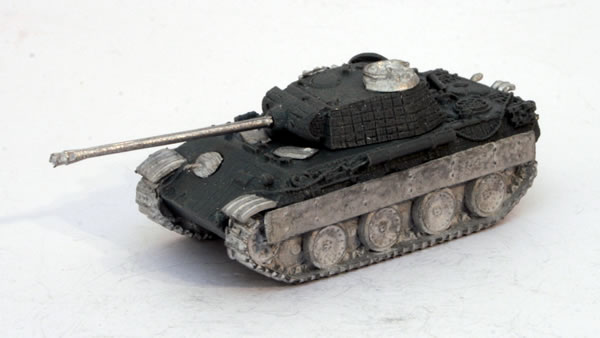This massive German Panther Tank was on display at Bovington.
The Panther is the common name of a medium tank fielded by Nazi Germany in World War II that served from mid-1943 to the end of the European war in 1945. It was intended as a counter to the T-34, and to replace the Panzer III and Panzer IV; while never replacing the latter, it served alongside it as well as the heavier Tiger tanks until the end of the war.
The Panther’s excellent combination of firepower, mobility, and protection served as a benchmark for other nations’ late war and immediate post-war tank design, however despite being a technologically sophisticated vehicle, the Panther’s technical design had a very limited influence on postwar tank development.
After the war, France was able to recover enough operable vehicles and components to equip the French Army’s 503e Régiment de Chars de Combat with a force of 50 Panthers from 1944 to 1952, with about a dozen remaining in use by that time. These remained in service despite being partially replaced by French-built ARL 44 heavy tanks.
I have been thinking about some post-1945 games, and a force of French Panther tanks supported by Chaffee and Shermans.
The last ‘production’ Panthers were produced at the factory by German staff just after the end of World War II under the supervision of the Royal Electrical and Mechanical Engineers (REME) using available components. 9 Panthers and 12 Jagdpanthers were produced and shipped back to Britain for post-war trials. A complete Panther (this tank) and a complete Jagdpanther produced this way are now at the Bovington.
I have a few 15mm models of this tank on the workbench.







































































